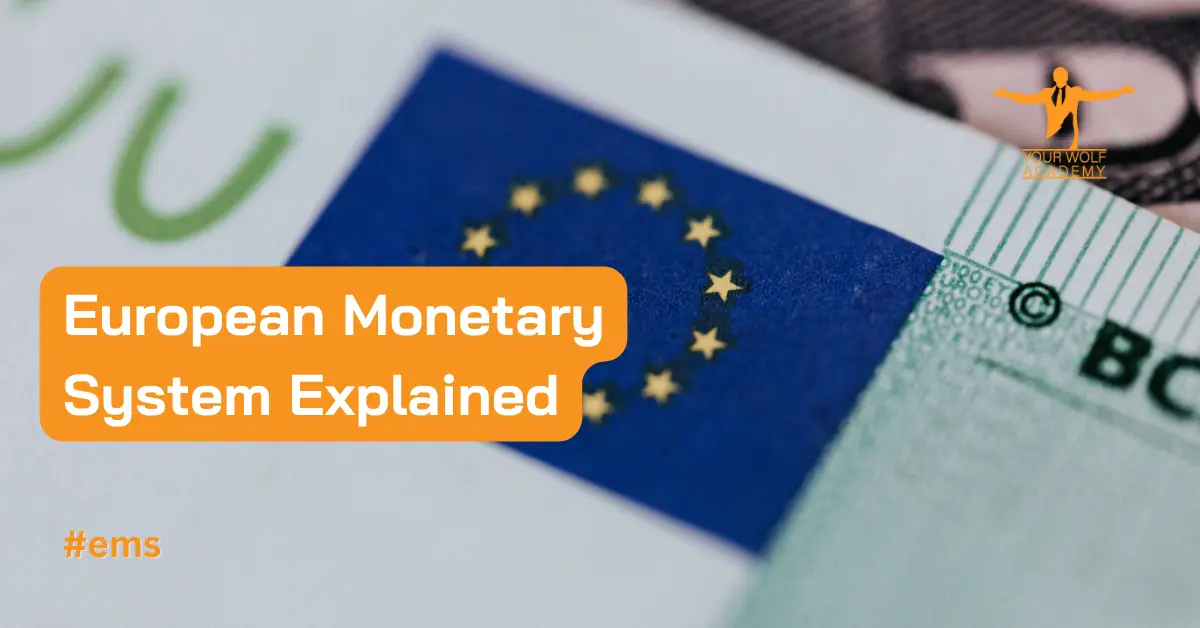The European Monetary System (EMS) was created in 1979 with the goal of stabilizing exchange rates between European currencies and promoting economic integration among the member states.
The system was a significant milestone in the history of the European Union, and it played a crucial role in the establishment of the euro currency. This article provides a comprehensive guide to EMS, including its history, structure, and impact on the European economy.
History of the European Monetary System
The idea of a European monetary union dates back to the 1950s when the European Coal and Steel Community was formed. However, it was not until the 1970s that the idea gained momentum. In 1970, the Werner Report was published, which proposed a three-stage plan for economic and monetary union in Europe.
The first stage involved the creation of a common market and the liberalization of capital movements. The second stage involved the creation of a European Monetary System, and the third stage involved the establishment of a single currency.
The European Monetary System was launched in 1979 with the goal of stabilizing exchange rates between European currencies. The system was based on a system of fixed exchange rates, with a European Currency Unit (ECU) serving as the reference currency.
The ECU was a basket of currencies of the member states, weighted according to their share of European trade. The EMS also included mechanisms for intervention in the foreign exchange markets to maintain exchange rate stability.
Structure of the European Monetary System
The European Monetary System consisted of several key components, including:
- Exchange Rate Mechanism (ERM): The ERM was the centerpiece of the EMS, and it provided for fixed exchange rates between the currencies of the member states. The exchange rates were allowed to fluctuate within a narrow margin of 2.25% above or below a central parity rate.
- European Currency Unit (ECU): The ECU was the reference currency of the EMS, and it was used for accounting purposes. The ECU was a basket of currencies of the member states, weighted according to their share of European trade.
- European Monetary Cooperation Fund (EMCF): The EMCF was established to provide financial support to member states in case of balance of payments difficulties. The fund was financed by contributions from the member states.
- European Monetary Institute (EMI): The EMI was established in 1994 as the forerunner to the European Central Bank (ECB). The EMI was responsible for conducting monetary policy in the European Union.

Impact of the European Monetary System
The European Monetary System had a significant impact on the European economy, including:
- Exchange rate stability: The EMS provided for fixed exchange rates between European currencies, which helped to promote stability and reduce volatility in the foreign exchange markets.
- Economic integration: The EMS helped to promote economic integration among the member states by promoting trade and investment flows.
- Preparation for the euro: The EMS played a crucial role in the establishment of the euro currency. The ECU served as the reference currency for the EMS, and it was later used as the basis for the euro.
- Crisis management: The EMS provided mechanisms for crisis management in case of balance of payments difficulties. The EMCF provided financial support to member states in need, which helped to prevent currency crises.
Conclusion
The European Monetary System was a significant milestone in the history of the European Union, and it played a crucial role in the establishment of the euro currency. The system provided for fixed exchange rates, promoted economic integration, and provided mechanisms for crisis management.
Although the EMS was replaced by the European Monetary Union and the euro, its legacy lives on in the form of a more stable and integrated European economy. As the European Union continues to evolve, it is important to remember the role that the EMS played in laying the foundation for economic and monetary union in Europe.
Your Wolf Academy offers a range of educational resources to help traders succeed, including free signals, technical analysis, and weekly webinars. Sign up today and get a recommendation for a regulated brokerage company that suits your needs.


